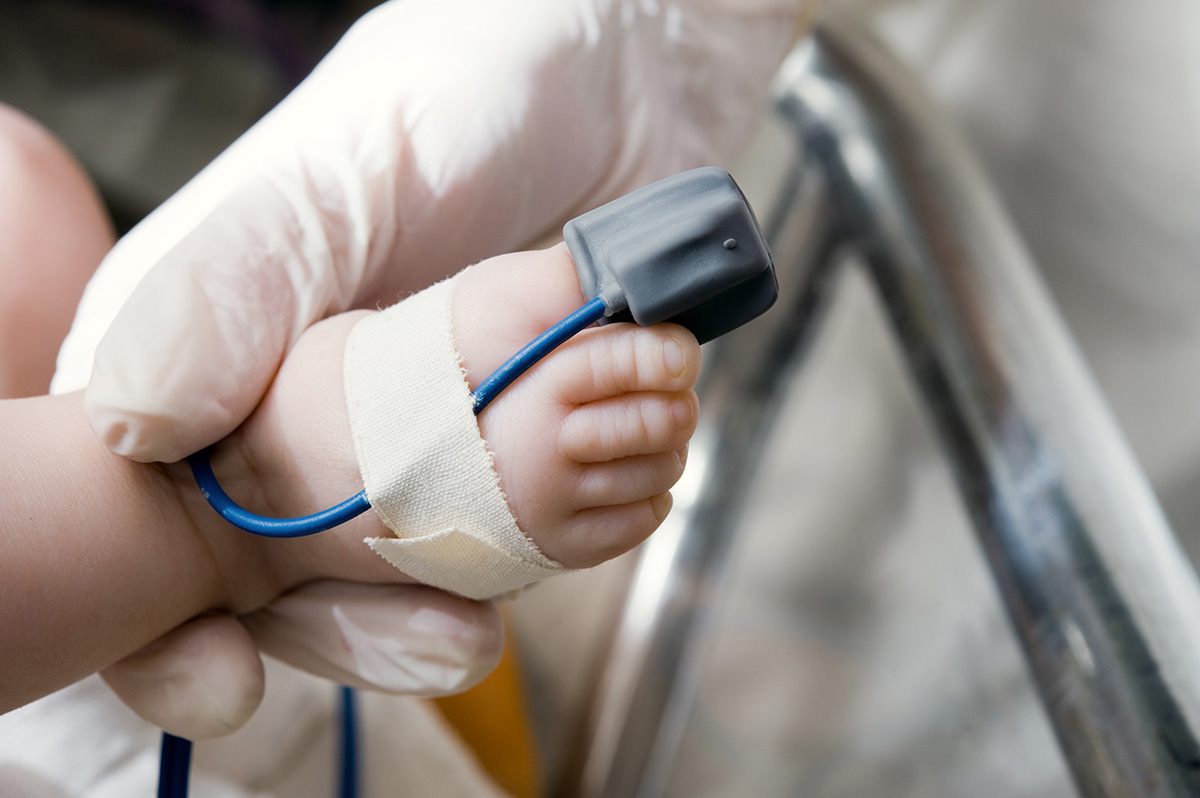A new study, published Tuesday in the journal JAMA, has found that monitoring blood oxygen levels with pulse oximetry in newborn infants with bronchiolitis is being overused.
Researchers of Children’s Hospital of Philadelphia (CHOP) found that the use of continuous pulse oximetry occurred frequently and unnecessarily among hospitals despite national guidelines recommending against the practice.
Study author Dr. Christopher Bonafide said, “We all have a tendency to believe that continuous monitoring is something that is always going to provide benefit and safety, and unfortunately that isn’t the case.”
“When you monitor patients unnecessarily, it creates risk not only for that patient, in terms of longer hospital stays and increased costs, but also for the entire unit due to the potential for alarm fatigue,” he added.
“Our prior work shows that when alarms go off for both patients who need immediate, life-saving care and those who do not, it diminishes trust in the accuracy of the alarms for signaling true emergencies.”
Bronchiolitis is one of the leading causes of infant hospitalization, which is often treated with supportive care, including intravenous fluids, suctioning, and supplemental oxygen if necessary.
The Society of Hospital Medicine – Choosing Wisely initiative discourages doctors from using continuous pulse oximetry monitoring in newborns with bronchiolitis unless they are on supplemental oxygen. The American Academy of Pediatrics also recommends against such practice.
The study included more than 3,600 patients between the ages of 8 weeks and 23 months, from December 2018 to March 2019.
Forty-six percent of the patients were monitored through continuous pulse oximetry.
Dr. Bonafide said, “We were surprised by the huge amount of variation we saw across the hospitals in this study, which shows many institutions are using monitoring unnecessarily as a safety net.” “This study represents an essential first step in phasing out an overused, low-value care practice that does not improve outcomes, raises healthcare costs, and leads to alarm fatigue among healthcare workers,” he added.























